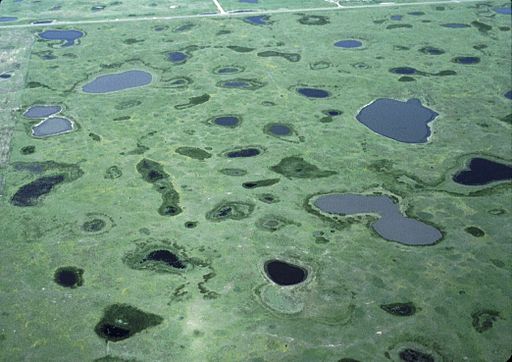Last week we discussed various elements of the U.S. EPA’s and Army Corps of Engineers’ proposed rule redefining Waters of the United States. Today, we note a potentially wide-ranging impact of the rule regarding the identification of wetlands.

Wetlands can be difficult for laypersons to identify, as some are wet for as little as 5-12% of the growing season. In mountainous areas of northern states, that can be as little as 4 days, so for much of the year they can be completely dry. But wetlands are regulated like other waters and require a permit before they can be disturbed. As a result, the greater the acreage of jurisdictional wetlands there are on a particular property, the more complex the permitting process will be.
One of the difficult wetland questions has been whether wetlands adjacent to other wetlands are jurisdictional. This was originally debated because, for a wetland to be considered to be adjacent to a “flowing” water of the US and therefore be jurisdictional, it doesn’t have to directly abut the flowing water (recall that a “flowing” water under the proposed rule only has to flow when there is nearby rain or snowmelt). So the question arose whether a wetland that is not adjacent to a water, but is adjacent to a wetland that is, is jurisdictional. The answer has been that, unless that wetland itself is adjacent to the flowing water, it is not jurisdictional.
For a large number of wetlands, the proposed rule changes the question and, therefore, possibly the answer. It does this by defining wetlands that contribute flow to a flowing water of the US as tributaries. So for these “contribute flow” wetlands, wetlands adjacent to them will be considered adjacent to a tributary (rather than just to a wetland) and will be considered to be jurisdictional.
As a result, by changing the definition of tributary, in many cases, the agencies will no longer have to ask the question of whether a wetland adjacent to another wetland is jurisdictional. Instead, they’ll be asking the easier-to-answer question of whether a wetland is jurisdictional because it is adjacent to a tributary. And that creates the possibility that more wetlands will be considered jurisdictional than before.
This is the seventh in a series of posts regarding EPA and the Corps’ proposed rule redefining “waters of the United States” under the Clean Water Act.
For part one, click here.
For part two, click here.
For part three, click here.
For part four, click here.
For part five, click here.
For part six, click here.
For part seven, click here.



 />i
/>i
